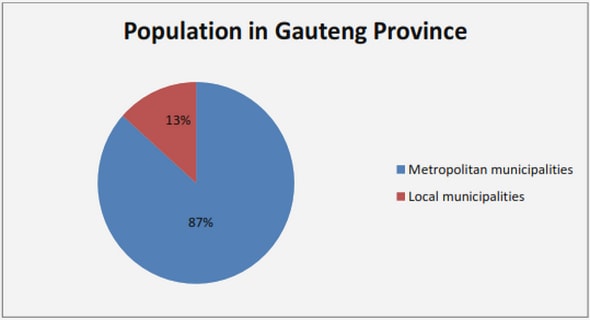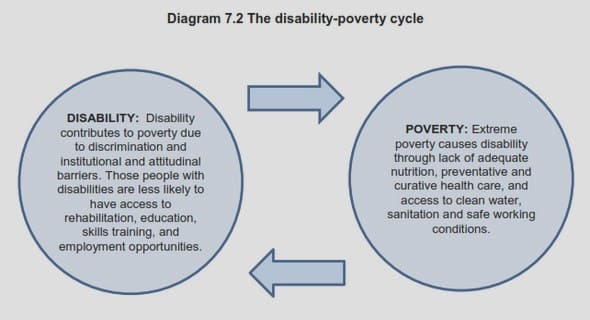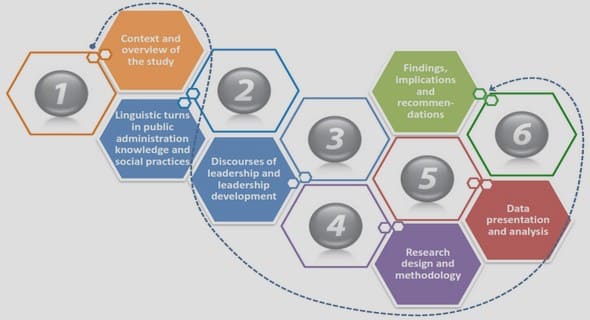Get Complete Project Material File(s) Now! »
Random distribution of hard spheres
In the simulation of liquids most of the time the initial configuration is randomly distributed hard spheres (RHS). To create a random distribution of hard spheres first we define the unit of length in terms of the diameter of the sphere. We create a box of size L and distribute the centers of mass of Ntot spheres in that box, so that the number concentration is C = Ntot/L3 and the volume fraction is φ = Cπ/6d3 where d is the diameter of the sphere generally d = 1. After this step we give a random displacement to each sphere with a constant step size s and we relax the system. Whenever there is hard core overlap between the spheres we either reject the movement or will move it only up to contact. It is very important to keep the step size s small enough (three times smaller than the average distance between nearest neighbors [81]) so that there is no difference if we truncate the movement at conctact with other sphere or simply reject the movement. During this process we keep track of the distance between the centre of mass (CM) of the nearest neighbors (∆) and the process is continued till the steady state is reached. In the steady state ∆ is equal to that predicted by Torquato [8] for random distributions of hard spheres see fig(3.1).
For this equilibrium distribution of hard spheres we calculated the excess chemical potential compared to the ideal case using Widom’s particle insertion [21] method and compared it with the Carhanan and Starling equation [82] of state.
Square well potential (SW)
For a SW interaction potential, particles are in contact when the distance between the monomers is less than 1 + where is the well width. A bond is formed with probability α and an already existing bond is broken with probability β so that the average probability a bond exists is P = α/(α+β). Alternativly one can bind spheres within each others interaction range with probability P independent of the previous state.Clusters are defined as collections of bound spheres. In this way Nc clusters are formed with varying aggregation numbers m.
Phase separation and percolation of reversibly aggregating spheres with a square-well attraction potential
Reversible aggregation of spheres is simulated using a novel method in which clusters of bound spheres diffuse collectively with a diffusion coefficient proportional to their radius. It is shown that the equilibrium state is the same as with other simulation techniques, but with the present method more realistic kinetics are obtained. The behaviour as a function of volume fraction and interaction strength was tested for two different attraction ranges. The binodal and the percolation threshold were determined. The cluster structure and size distribution close to the percolation threshold were found to be consistent with the percolation model. Close to the binodal phase separation occurred through the growth of spherical dense domains, while for deep quenches a system spanning network is formed that coarsens with a rate that decreases with increasing attraction. We found no indication for arrest of the coarsening.
1 Introduction
1.1 Outline of the thesis
2 Overview of the structure and the dynamics of attractive spheres.
2.1 Random hardspheres
2.2 Irreversible aggregation
2.2.1 Structure
2.2.2 Kinetics
2.2.3 Tracer diffusion
2.3 Reversible aggregation
2.3.1 Structure
2.3.2 Dynamics
3 Simulation Method
3.1 Brownian cluster dynamics (BCD)
3.1.1 Random distribution of hardspheres
3.2 BCDand Thermo dynamics
3.3 Square wellpotential (SW)
3.4 How does it work?
3.4.1 How do were present spacein computer?
3.4.2 Periodic boundary conditions
3.4.3 What does amonomer know?
3.4.4 What does acluster know?
3.4.5 Cluster construction
3.4.6 Movement of spheres
4 Structure and kinetics of reversibily aggregating spheres with rigid bonds
4.1 Flocculation and percolation in reversible cluster-cluster aggregation
4.1.1 Introduction
4.1.2 Simulation method
4.1.3 Encounter versus collision
4.1.4 Flocculation
4.1.5 Percolation
4.1.6 Conclusion.
4.1.7 Appendix1
4.1.8 Appendix2
4.2 Phase separation and percolation of reversibly aggregating spheres with a square-well attraction potential
4.2.1 Introduction
4.2.2 Simulation method
4.2.3 Results and discussion
4.2.4 Summary
5 Self diffusion of reversibily aggregating spheres with rigid bonds
5.1 Self diffusion of reversibly aggregating spheres
5.1.1 Introduction
5.1.2 Simulationmethod
5.1.3 Results
5.1.4 Discussion
5.1.5 Conclusion
6 The influence of bond-rigidity and cluster diffusion on the self-diffusion of hard spheres with square-well interaction.
6.1 The influence of bond-rigidity and cluster diffusion on the self-diffusion of hardspheres with square-wellinteraction.
6.1.1 Introduction
6.1.2 Simulation method
6.1.3 Results and discussion
6.1.4 Summary
7 Diffusion limited cluster aggregation with irreversible flexible bonds
7.1 Diffusion limited cluster aggregation with irreversible flexible bonds .
7.1.1 Introduction
7.1.2 Simulation method
7.1.3 Results
7.1.4 Discussion
7.1.5 Conclusion
8 Tracer diffusion in colloidal gels
8.1 Tracer diffusion incolloidalgels
8.1.1 Introduction
8.1.2 Simulation method
8.1.3 Results and discussion
8.1.4 Conclusion.
9 Conclusion


